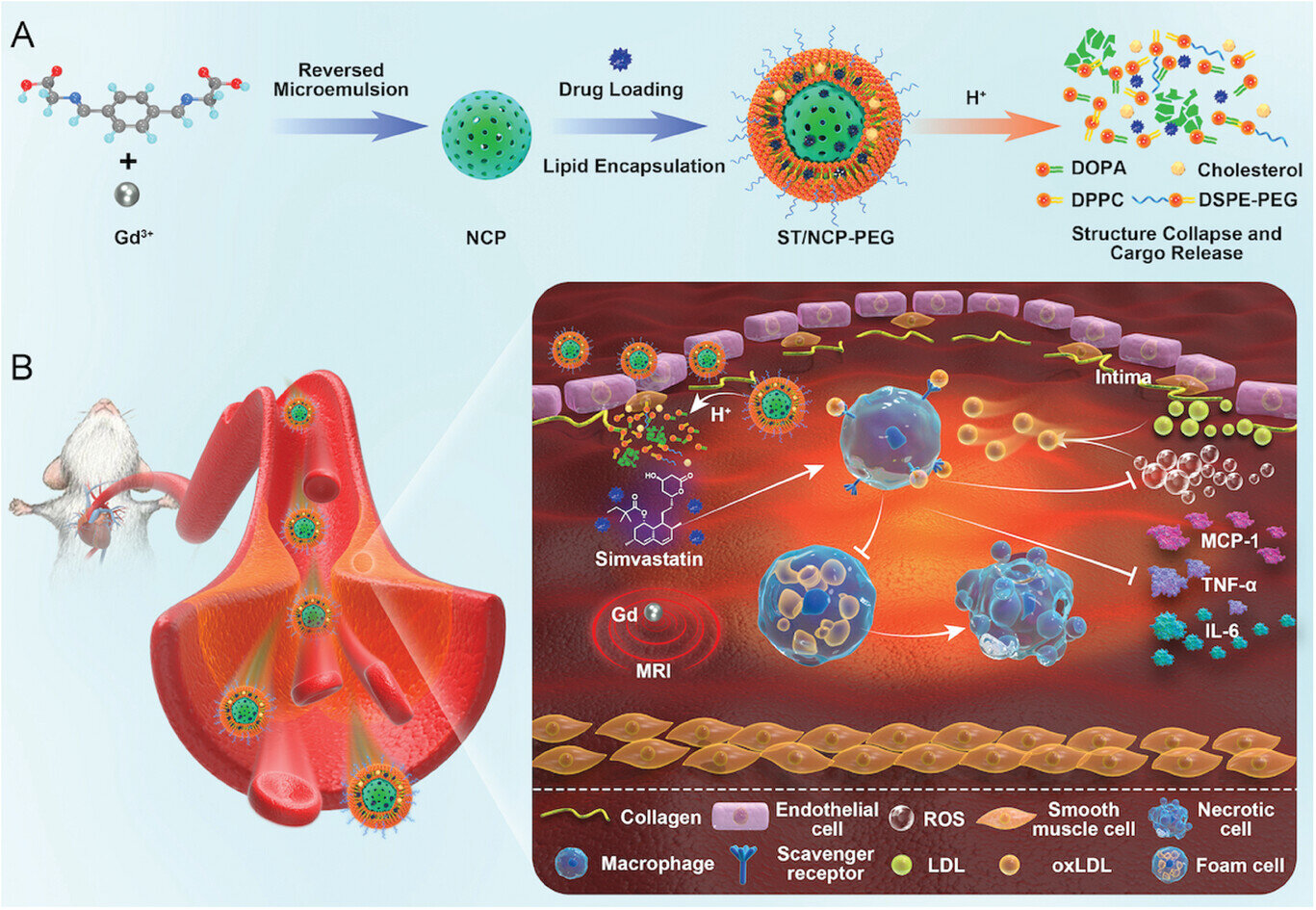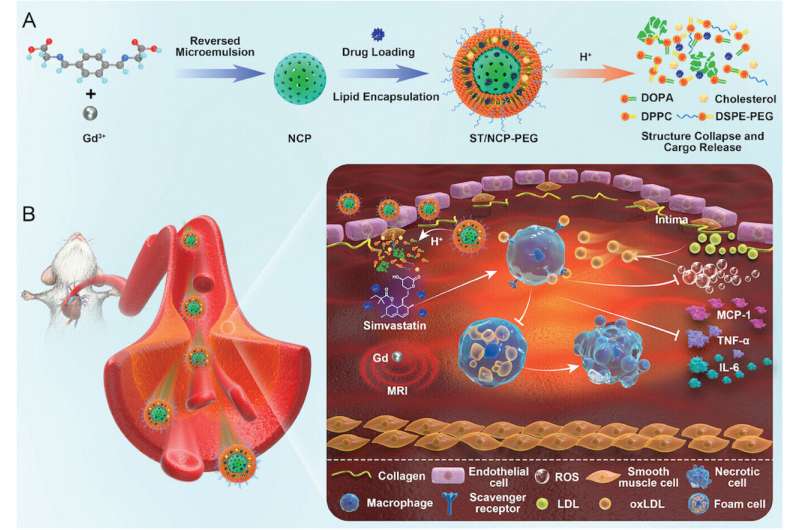

Atherosclerosis is the build-up of plaque in the arteries which causes their narrowing. It is a primary cause of ischemic heart disease (IHD) and ischemic stroke (IS), both of which are major contributors to the 17.9 million deaths caused by cardiovascular diseases each year globally. The incidence of atherosclerosis-related conditions has been rising steadily over the past three decades, and particularly in younger populations. The increase is driven by lifestyle factors such as unhealthy diets, lack of exercise, smoking, and alcohol consumption.
In Singapore, cardiovascular diseases (CVDs) are a leading cause of mortality, accounting for 31% of deaths in 2022, and a projected three times increase in obesity-related heart attacks by 2050.
Commonly used methods for imaging atherosclerotic plaques include techniques like intravascular ultrasound, coronary angiography, computed tomography angiography and magnetic resonance imaging (MRI). However, these methods have limitations in resolution, invasiveness, and most importantly, the ability to deliver targeted therapies.
- Intravascular ultrasound, utilizes an ultrasound probe on a catheter inside the blood vessel to visualize the walls of the arteries for a detailed assessment of the extent and nature of the plaques. However, this method is invasive and applies only to larger blood vessels with limited spatial resolution
- Coronary angiography, uses X-ray imaging and an injection of a dye that provides contrast for visualizing arteries and detecting blockages caused by plaque.
- Similar to X-ray coronary angiography, computed tomography angiography, which uses ionizing radiation and an injection of a dye to obtain more detailed images of blood vessels.
- MRI provides the highest-resolution images of blood vessel and plaque morphology among all the four imaging techniques.
There are currently no medications or treatments that can specifically target atherosclerotic plaques, to significantly reduce plaque burden or reverse atherosclerosis. Patients with high CVD risk are generally prescribed medications that can stabilize plaques, including statins that lower cholesterol levels, anti-platelet agents such as aspirin to reduce the risk of clots forming at the site of plaques, while ace inhibitors and beta-blockers are used to manage high blood pressure.
A team at NUS Yong Loo Lin School of Medicine (NUS Medicine) has developed a nanoparticle technology that offers an effective solution to diagnose and treat atherosclerosis, in a non-invasive manner. This innovative theranostic approach, published in the journal Small, represents a significant advancement in the field of cardiovascular medicine as it offers a promising alternative to current medical practices for the management of atherosclerosis.
Led by Assistant Professor Wang Jiong-Wei from the Department of Surgery, Nanomedicine Translational Research Program at NUS Medicine, and Cardiovascular Research Institute (CVRI), this multidisciplinary study was conducted in collaboration with Associate Professor James Kah from the Department of Biomedical Engineering and Professor Liu Bin from the Department of Chemical and Biomolecular Engineering under the College of Design and Engineering at NUS, and Prof Liu Xiaogang from the Department of Chemistry at the NUS Faculty of Science.
The team developed a nanoparticle that addresses prevailing challenges; the newly developed nanoparticle can diagnose atherosclerosis, target atherosclerotic plaques, and deliver therapeutic agents directly to inhibit the progression of atherosclerosis in the preclinical models.
Composed of nanoscale coordination polymers (NCP) and a pH-responsive linker, the nanoparticles work by breaking down specifically in the acidic environment of atherosclerotic plaques, releasing gadolinium—a contrast agent for MRI—for real-time imaging of plaque severity while simultaneously delivering Simvastatin, a water-insoluble drug with anti-inflammatory properties and anti-ROS (reactive oxygen species) properties that contribute to plaque stabilization and treatment, reducing the risk of cardiovascular events.
Compared to the systemic delivery of similar doses of Simvastatin, the nanoparticles can deliver 1000 times more of the drug to the plaques, thereby enhancing the therapeutic efficacy while minimizing systemic side effects.
“Overall, our nanoparticles offer a promising novel approach to non-invasive diagnosis, monitoring and targeted treatment of atherosclerosis, a significant advancement that could pave the way for a new era of cardiovascular care,” said Asst Prof Wang, Principal Investigator, Nanomedicine Translational Research Programme, NUS Medicine.
This proof-of-concept study demonstrates significant potential for the innovative approach and the team is looking to further validate their research before they move forward to clinical trials.
More information:
Yuanzhe Lin et al, Dual‐Function Nanoscale Coordination Polymer Nanoparticles for Targeted Diagnosis and Therapeutic Delivery in Atherosclerosis, Small (2024). DOI: 10.1002/smll.202401659
Journal information:
Small
Provided by
National University of Singapore
Citation:
Nanoparticle technology shows promise for targeted diagnosis and treatment of atherosclerosis (2024, September 18)
retrieved 18 September 2024
from https://phys.org/news/2024-09-nanoparticle-technology-diagnosis-treatment-atherosclerosis.html
This document is subject to copyright. Apart from any fair dealing for the purpose of private study or research, no
part may be reproduced without the written permission. The content is provided for information purposes only.